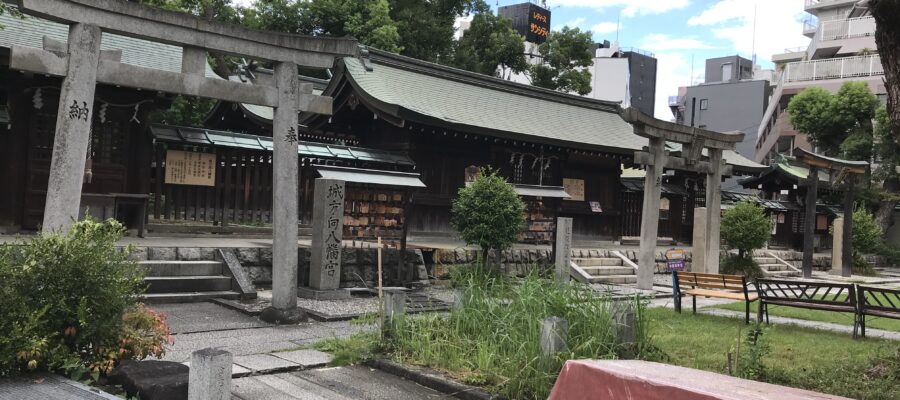生國魂神社(いくたまさん)
地元、大阪では「いくたまさん」と呼ばれて親しまれている生國魂神社。街中にありますが、その歴史は古く、社伝によれば、神武天皇が九州より日本統一の旅に出発し、難波津(大阪湾)に着いた際、現在の大阪城を含む一帯に、日本国の御霊である生島大神・足島大神を祀られたのが始まりと言われています。
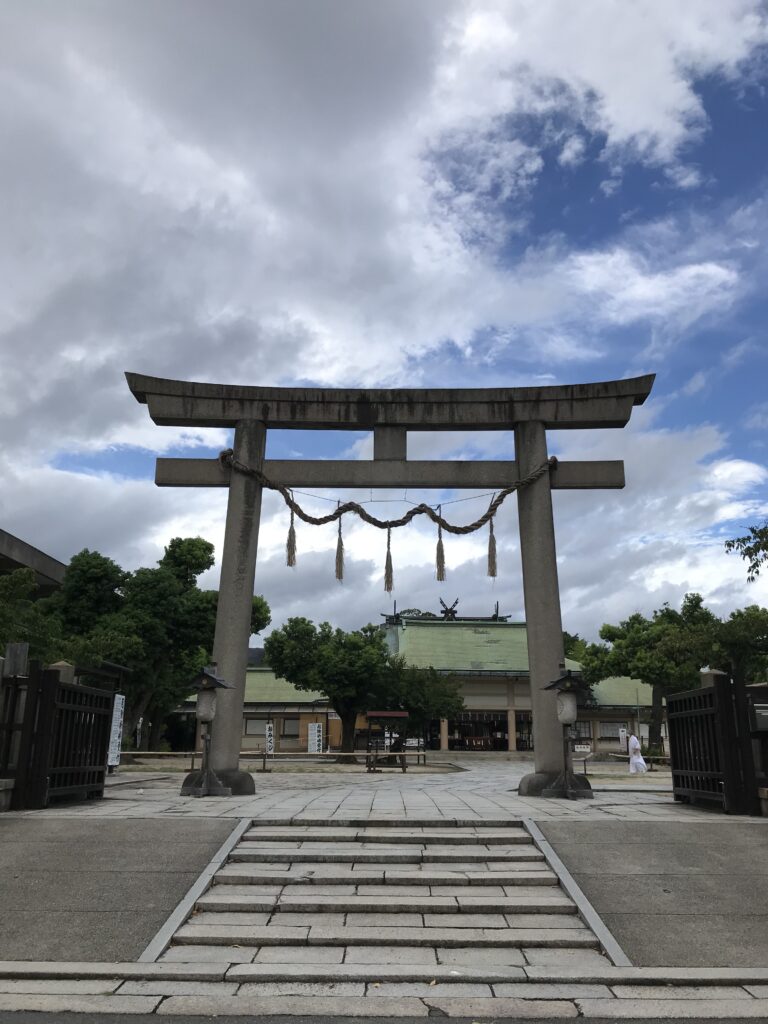
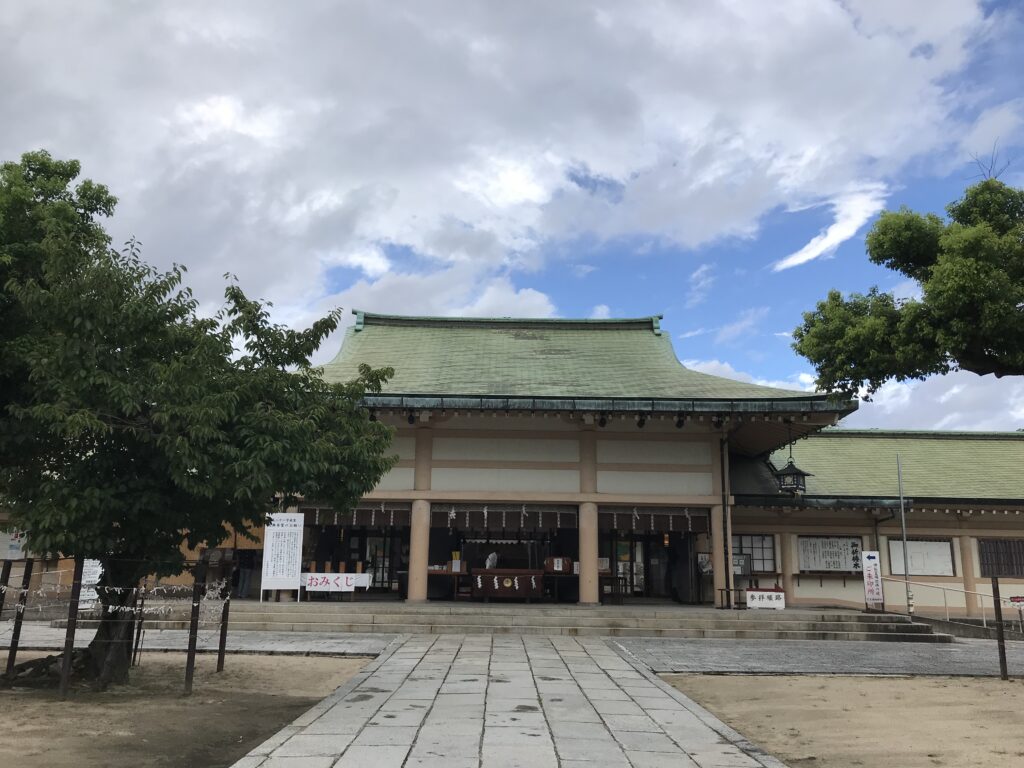
上方文化発祥の地
この神社は、上方文化の発祥の地としても知られています。江戸時代を通じて、境内には芝居小屋や見世物小屋が軒を連ね、数多くの文化芸能がここから花開いたと言われます。本殿から少し下がった場所に、浄瑠璃神社の社があります。近松門左衛門の「曽根崎心中」の発端は、この神社境内が舞台です。
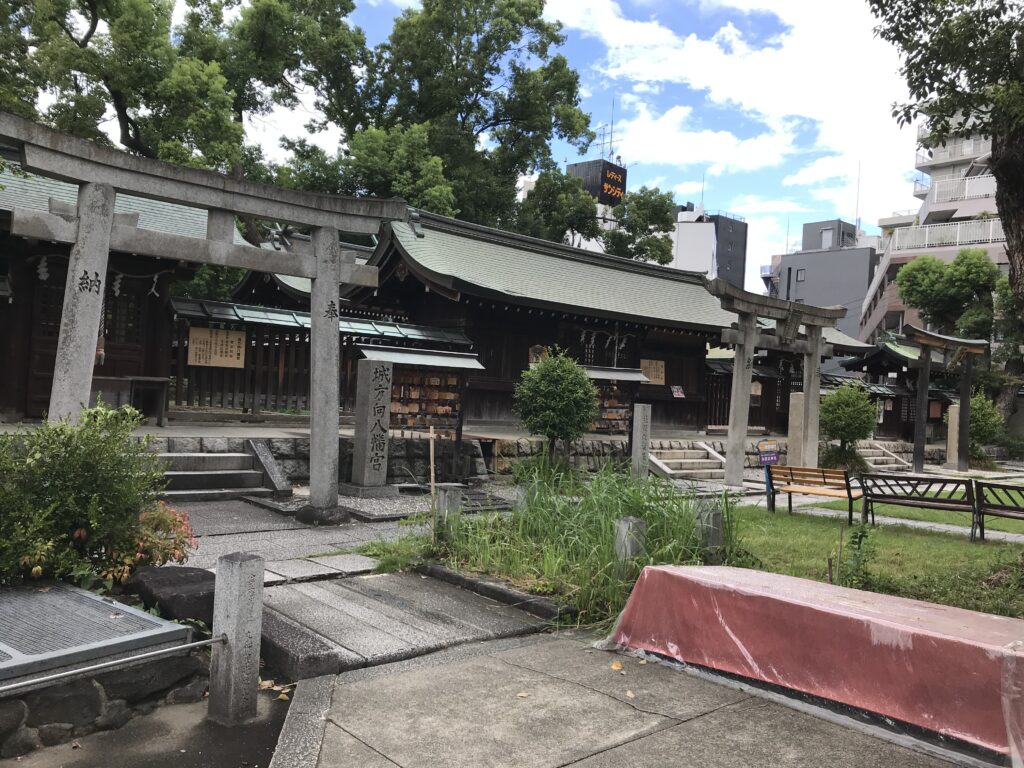
上方落語の祖・米澤彦八
また、上方落語の祖・米澤彦八は、江戸時代中期に、この神社境内で「軽口ばなし」や「しかた物真似(役者の身振りや声色を真似る芝居ばなしのルーツ)」を演じていました。上方落語の原形を確立した彦八の世評は高く、明治中頃までは、落語家のことを「彦八」と呼んだそうです。
今も続く芸能との関係
その他、井原西鶴がこの境内で、一昼夜24時間をかけて俳諧を行い、一人で4000句を詠み上げたり、大阪をこよなく愛した作家、織田作之助がこの神社近くで生まれ、作品の中に当時の神社の様子を描いていたりします。
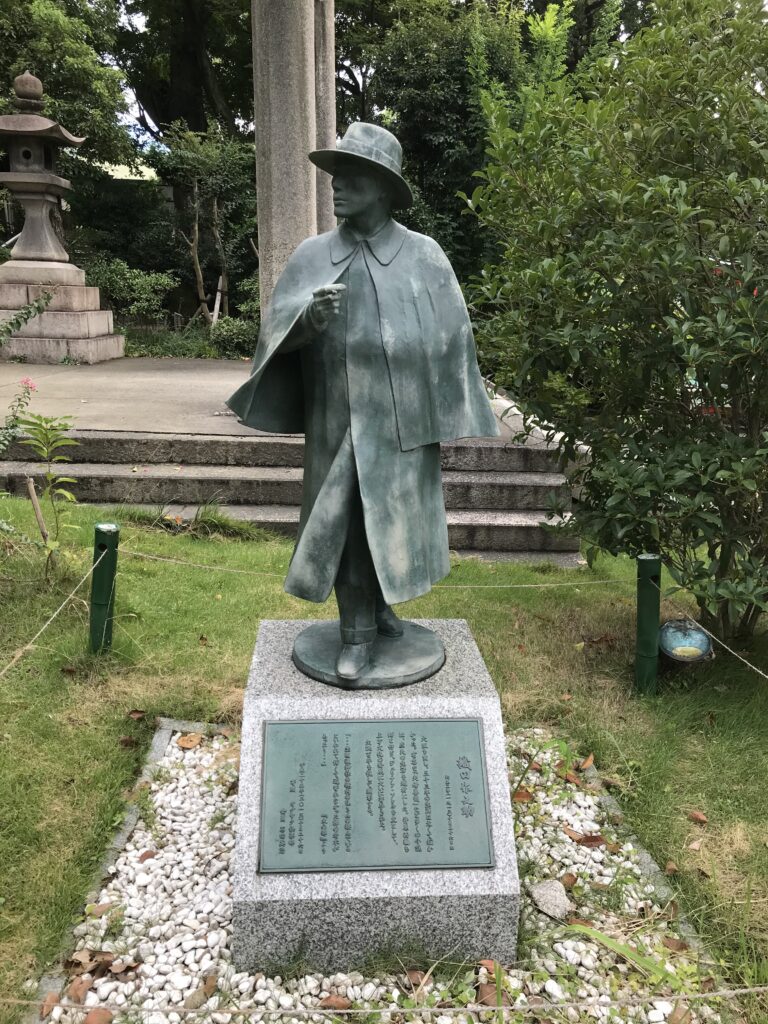
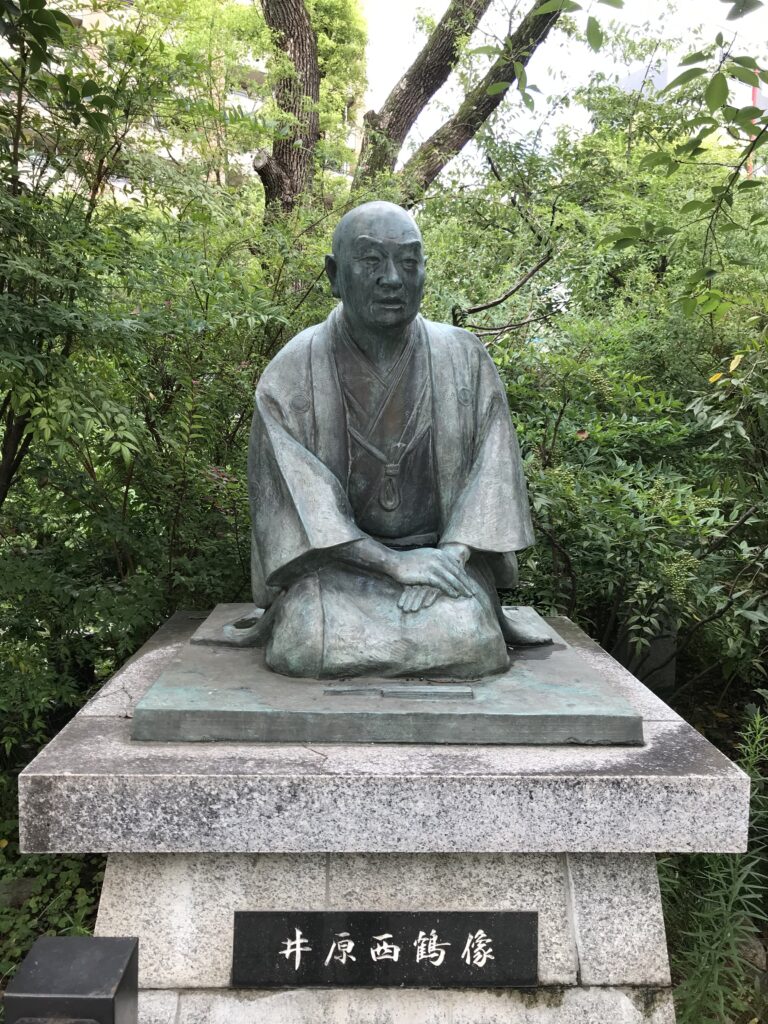
今も、毎年8月には薪能、9月には「彦八まつり」が開催されるなど、芸能との縁が深い神社であります。(完)
生國魂神社の御朱印
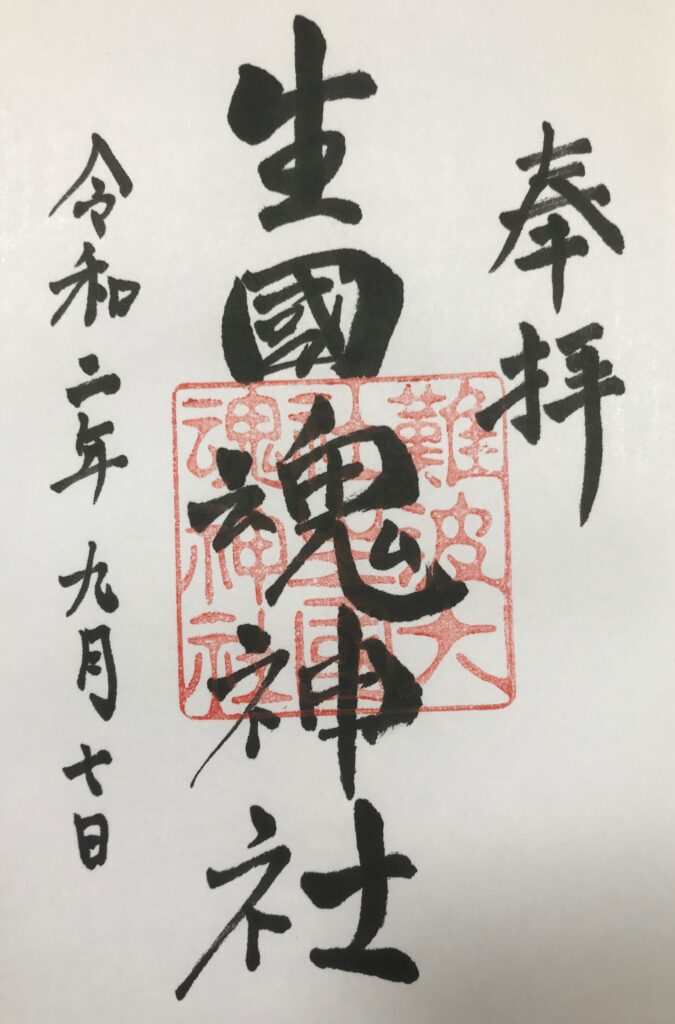
生國魂神社が紹介されている書籍
神仏霊場会の公式ガイドブックに生國魂神社が紹介されています。
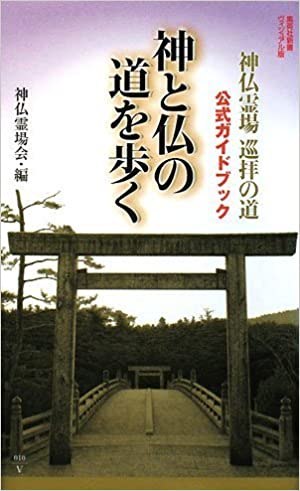
神と仏の道を歩く 神仏霊場巡拝の道公式ガイドブック (集英社新書ヴィジュアル版) [ 神仏霊場会 ]
価格:1,466円
(2021/5/6 09:24時点)
感想(5件)
Ikukunitama Shrine
Ikukunitama Shrine is known locally in Osaka as “Ikutamasan.” According to shrine legend, when Emperor Jinmu departed from Kyushu on a journey to unify Japan and arrived at Naniwazu (Osaka Bay), he enshrined Ikushima and Ashijima deities, the spirits of Japan, in the area that includes present-day Osaka Castle.
The shrine is also known as the birthplace of Kamigata culture. Throughout the Edo period (1603-1867), the shrine grounds were lined with theaters and freak shows, and many cultural and performing arts are said to have blossomed here. The Joruri Shrine is located a short distance down from the main shrine. Chikamatsu Monzaemon’s “Sonezakishinju” (The Love Suicide at Sonezaki) was set in the precincts of this shrine.
Ikunitama Shrine
Ikukunitama Shrine is known locally in Osaka as “Ikutamasan.” According to shrine legend, when Emperor Jinmu departed from Kyushu on a journey to unify Japan and arrived at Naniwazu (Osaka Bay), he enshrined Ikushima and Ashijima deities, the spirits of Japan, in the area that includes present-day Osaka Castle.
The shrine is also known as the birthplace of Kamigata culture. Throughout the Edo period (1603-1867), the shrine grounds were lined with theaters and freak shows, and many cultural and performing arts are said to have blossomed here. The Joruri Shrine is located a short distance down from the main shrine. Chikamatsu Monzaemon’s “Sonezakishinju” (The Love Suicide at Sonezaki) was set in the precincts of this shrine.
Yonezawa Hikohachi, the founder of Kamigata rakugo, also performed “light talk” and “shikata mono imitations” (the roots of theatrical storytelling, in which the actor’s body language and tone of voice are imitated) on the shrine grounds in the mid-Edo period. Hikohachi, who established the original form of Kamigata Rakugo, was highly regarded by the public, and until the middle of the Meiji period (1868-1912), rakugo artists were called “Hikohachi.
The writer Sakunosuke Oda, who loved Osaka very much, was born near this shrine and described the shrine of that time in his works.
Even today, the shrine has deep ties with the performing arts, as evidenced by the annual firelit Noh play held in August and the “Hikohachi Festival” held in September. (End)
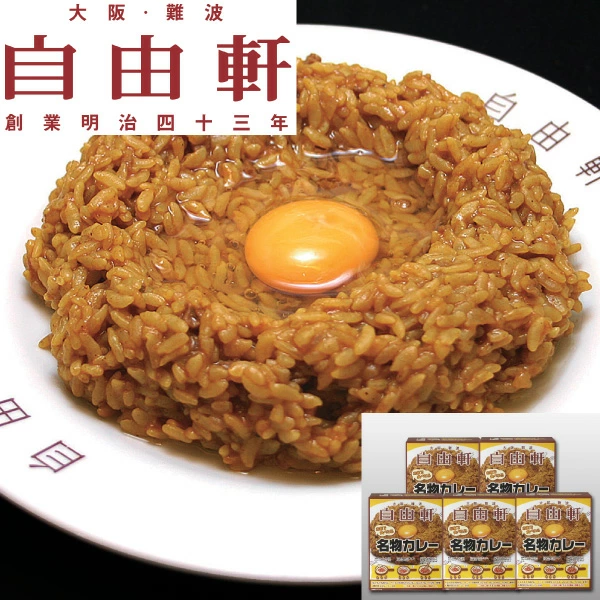
大阪・難波 自由軒 名物カレーセット 200g×5箱 ウスターソース付 レトルト(送料無料)贈答 ギフト お中元 御中元 お歳暮 御歳暮 母の日 父の日 敬老の日
価格:3,780円
(2023/1/3 15:33時点)
感想(0件)
Sanctuaire Ikukunitama
Le sanctuaire Ikukunitama est connu localement à Osaka sous le nom de “Ikutamasan”. Selon la légende du sanctuaire, lorsque l’empereur Jinmu quitta Kyushu pour unifier le Japon et arriva à Naniwazu (baie d’Osaka), il consacra les divinités d’Ikushima et d’Ashijima, les esprits du Japon, dans la zone qui comprend l’actuel château d’Osaka.
Le sanctuaire est également connu comme le berceau de la culture Kamigata. Tout au long de la période Edo (1603-1867), les terrains du sanctuaire étaient bordés de théâtres et de spectacles de foire, et on dit que de nombreux arts culturels et du spectacle s’y sont développés. Le sanctuaire Joruri est situé à une courte distance du sanctuaire principal. Le film “Sonezakishinju” (Le suicide d’amour à Sonezaki) de Chikamatsu Monzaemon a été tourné dans l’enceinte de ce sanctuaire.
Sanctuaire Ikunitama
Le sanctuaire Ikukunitama est connu localement à Osaka sous le nom de “Ikutamasan”. Selon la légende du sanctuaire, lorsque l’empereur Jinmu quitta Kyushu pour unifier le Japon et arriva à Naniwazu (baie d’Osaka), il enchâssa les divinités d’Ikushima et d’Ashijima, les esprits du Japon, dans la zone qui comprend l’actuel château d’Osaka.
Le sanctuaire est également connu comme le berceau de la culture Kamigata. Tout au long de la période Edo (1603-1867), les terrains du sanctuaire étaient bordés de théâtres et de spectacles de foire, et on dit que de nombreux arts culturels et du spectacle s’y sont développés. Le sanctuaire Joruri est situé à une courte distance du sanctuaire principal. La pièce de Chikamatsu Monzaemon “Sonezakishinju” (Le suicide d’amour à Sonezaki) a été réalisée dans l’enceinte de ce sanctuaire.
Au milieu de la période Edo, Yonezawa Hikohachi, le fondateur du rakugo de Kamigata, se livrait également à des “discussions légères” et à des “imitations de shikata mono” (les racines de la narration théâtrale, dans lesquelles le langage corporel et le ton de la voix de l’acteur sont imités) dans l’enceinte du sanctuaire. Hikohachi, qui a créé la forme originale du rakugo de Kamigata, était très apprécié du public et, jusqu’au milieu de la période Meiji (1868-1912), les artistes du rakugo étaient appelés “Hikohachi”.
L’écrivain Sakunosuke Oda, qui aimait beaucoup Osaka, est né près de ce sanctuaire et a décrit le sanctuaire de l’époque dans ses œuvres.
Aujourd’hui encore, le sanctuaire entretient des liens étroits avec les arts du spectacle, comme en témoignent la pièce annuelle de théâtre nô éclairée par le feu qui se déroule en août et le “festival Hikohachi” qui a lieu en septembre. (Fin)
